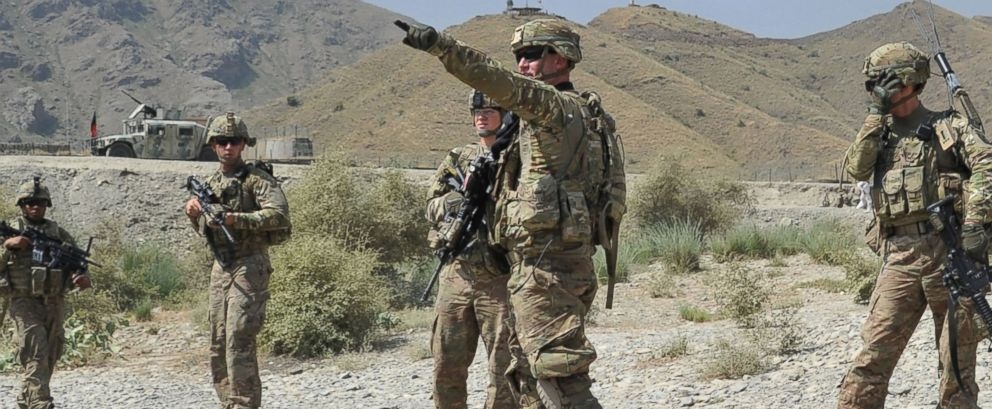The Afghan strategy
August 21, 2017 | Expert Insights

US President Donald Trump is expected to reveal the nation’s strategic plans for its war against terror in Afghanistan.
The war, which began in 2001, is the longest war ever waged by the US government.
Background
After the 9/11 terror attacks in New York, the United States made the decision to wage a war in Afghanistan. The country noted that it wanted to root out terror groups, especially Taliban, from the region. It is the longest war in the history of the United States. Former President Barack Obama during his first Presidential campaign vowed to put an end to the Afghanistan war. However, he was ultimately unsuccessful in ensuring that. The US has not been able to definitively defeat the Taliban forces. By certain accounts, the Taliban insurgency has gotten even stronger in the recent years.
The US has spent $850 billion on this war and about 2,400 members of the armed forces have been killed from 2011 to early 2017. The US backed Afghanistan government has also not been able to assert its influence on the citizens and on the Taliban militants.
US President Donald Trump in the past has been highly critical of the war. In 2013, he tweeted, that it was time for the US to “get out”. However, ever since he assumed the office of the Presidency, he has refrained from making any pointed remarks about ending the war.
Analysis
The new Afghanistan strategy has been reportedly mapped out after vigorous consultation with James Mattis Defense Secretary. Mattis spoke about the process of creating the strategy without providing any further details. He said, “The strategic process was sufficiently rigorous and did not go in with a preset condition in terms of what questions could be asked or what decisions would be made.”
Media reports have stated that announcement will be about the US increasing the number of troops it will be sending to the region. Additionally, the US President will be asking the nation to trust him on this decision. This might be difficult as his approval ratings has dipped in the recent weeks to around 37%.
Certain lawmakers within the country have indicated that they will be against this move. Ben Cardin, the top Democrat Senator part of the Senate Foreign Relations Committee has said, “I don't believe putting more American soldiers in Afghanistan is the answer.”
Meanwhile, the Pentagon has requested the White House to approve sending at least 4,000 more US troops to Afghanistan. This includes trainers who will aid Afghan forces to combat Taliban and ISIS.
Assessment
Our assessment is that the decision to prolong the Afghanistan could potentially backfire. If the US troops on ground are not able to gain a tangible foothold against Taliban and ISIS, then the White House is likely to come under fire for its perceived failure. This will reflect poorly on the President who is deeply unpopular and unable to push his mandate amidst multiple controversies.








Comments